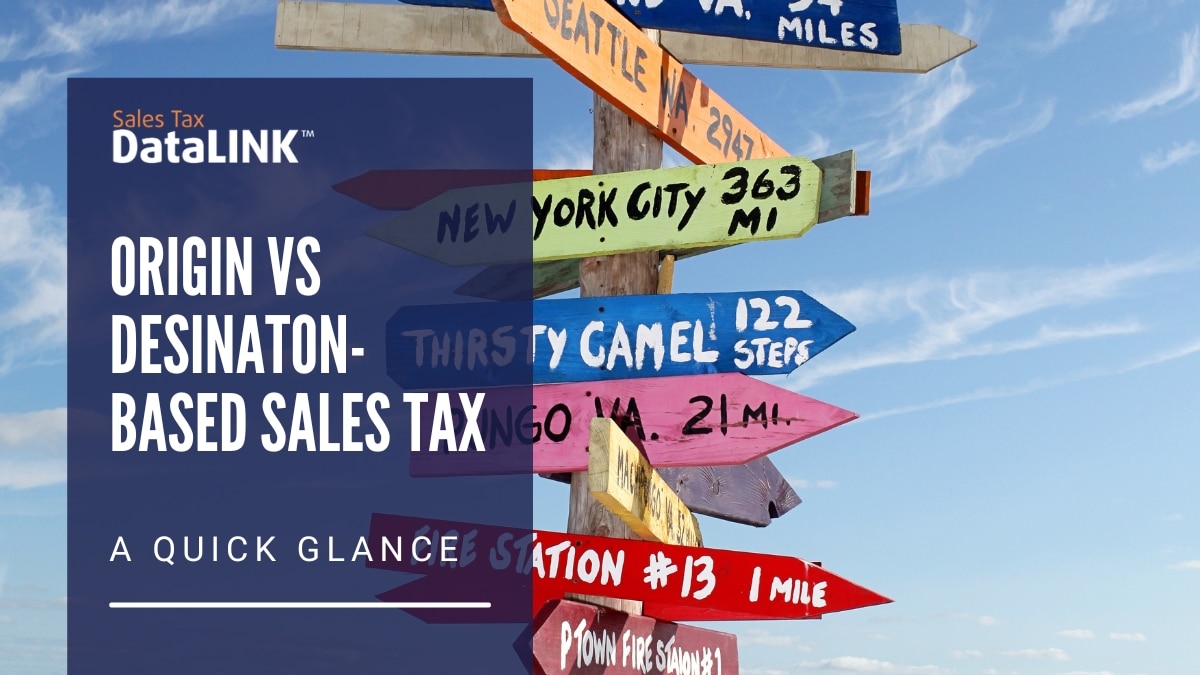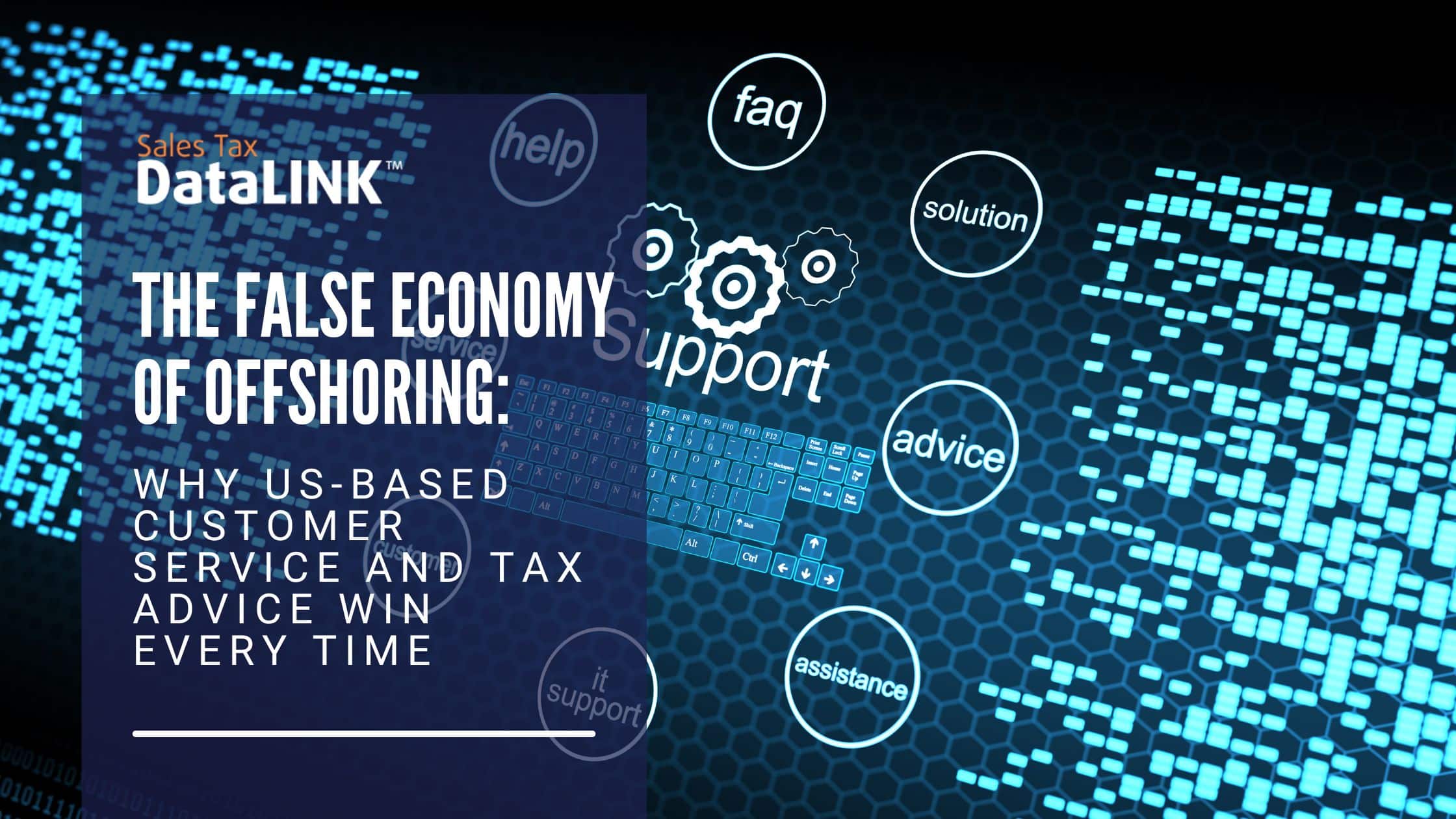Taxes are a big part of any business and figuring out when and if you should add taxes to a customer Invoice is a daunting task. On paper, the difference in origin and destination-based sales taxes are simple. In practice, it is more like trying to read a book in a different language. The definitions are simple, but how it all plays out – and the addition of remote locations – just adds to the confusion. I’ll try to simplify it here to get you started.
The Difference Between Origin and Destination-Based Sales Taxes
As previously mentioned, origin and destination differences are relatively easy to understand on paper so we will get that out of the way first. In an origin-based state, you charge taxes based on where you operate your business. If you are in Dallas, Texas, and selling a general item, the taxes would be 8.25%. To make it painfully clear, if a customer in Houston orders your product, you charge them an 8.25% tax rate, too. Simple -right?
The current Origin-Based Tax States include:
- Arizona
- California (Modified origin system – in which all taxes are origin-based outside of district transaction-based taxes, meaning taxes that are within a jurisdiction are considered destination-based.
- Illinois
- Mississippi
- Missouri
- New Mexico
- Ohio
- Pennsylvania
- Tennessee
- Texas
- Utah
- Virginia
That is a short list, which is unfortunate because destination-based taxes are a bit more complicated. If the state isn’t on the above list, it is a destination-based state.
Destination-based taxes are determined by where the buyer is located or takes the title. In most cases, taxes will be based on the “shipped to” address on your invoice. Again, this is simple on paper, but it can get complicated.
The Difficulties of Destination-Based Taxes
It’s worth emphasizing again, any state not listed above is considered destination-based. If you live in Dallas, Texas and you are shipping a sold product to Seattle, you would need to charge taxes based on the Seattle “shipped to” address which includes state and local tax. This can be confusing because each state has different levels of taxes; state, county, city, and special jurisdiction that can be both in the county and city. It becomes more confusing with micro-local jurisdictions, commonly found around Kansas City. Moreover, max tax and reduced rates can complicate your efforts to calculate a destination-based tax correctly. These issues require extra research to ensure that you are charging the correct amount, so you aren’t stuck on the wrong side of an audit.
The Single Article Tax
The final piece of the puzzle, which complicates things on paper, is Tiered Taxes. This means the combination of taxes changes based on the selling price of a single article sold. For example, you sold a pump to a customer in Tennessee. This customer will pay taxes differently if the single article price is below $1,600 versus a single article cost between $1,600 and $3,200.
Solution
While everything is relatively straightforward to understand on paper, the amount of work that goes into figuring out what taxes you should charge can be daunting. There is additional help out there ranging from software to websites that can help you determine what you should charge, but make sure that it is a trusted source. Check customer reviews, and call the solution providers directly. It will become very clear as to what companies offer the best solutions. It sounds like a lot of work, but once everything is up and running, you should be able to move smoothly through the muddy tax law waters.
If you’d like to learn how Sales Tax DataLINK’s sales tax solutions can help your business, please contact us at (479) 715-4275 or by email at sales@salestaxdatalink.com.




